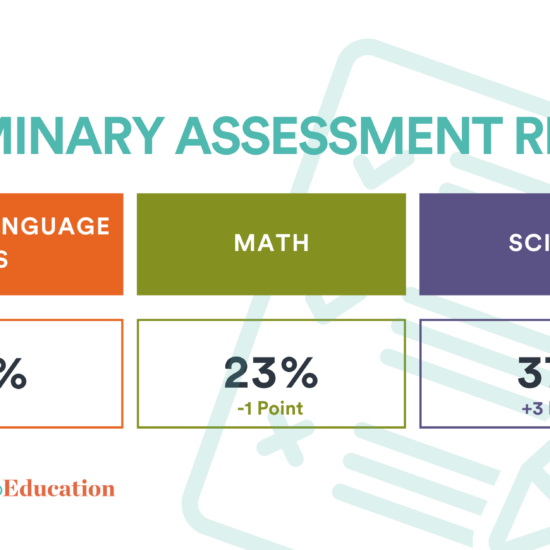
Last month on September 19, the Public Education Department presented to the Legislative Education Study Committee slide decks showing preliminary, high-level results of the state’s spring assessments, promising that detailed data would be forthcoming soon thereafter.
A month has passed and the PED has released nothing further. No district- or school-level data files or presentations. Not even a press release. The school year is one-quarter over and the public is being kept in the dark about the state of New Mexico’s schools?
Repeated outreach by New Mexico Education to the PED has been met with silence. The one PED data slide presented showed that statewide, there was incremental improvement in reading – from 38 percent proficient in 2023 to 39 percent proficient in 2024, a decline in math (from 24 percent proficient to 23 percent), and a three percentage-point increase in science (from 34 percent to 37 percent).
A companion presentation by LESC staff contained richer data, but also showed different proficiency rates than the PED deck – reading at 38 percent proficient and math down to 22 percent proficient.
The LESC deck also contained some graphs that merit a deeper dive, which is impossible unless and until PED releases the data files. For example, the achievement gaps between economically disadvantaged and non-economically disadvantaged students in English Language Arts closed significantly statewide.
This occurred both because economically disadvantaged students’ ELA scores increased by five percentage-points (and nine percentage-points since 2022), and because more affluent students saw their ELA scores decline by five percentage-points.
Ideally, gaps should close because those on the lower end are making big gains, not because those at the higher end are dropping.
Without detailed data, it is not possible for researchers to dive in to determine why and where these changes are occurring.
National education researcher Chad Aldeman recently wrote on his Substack blog that this practice of hiding or delaying data has become a nationwide trend among state education departments.
“Here we are in pumpkin spice / decorative gourd season, and half the states still have not released their results yet,” Alderman wrote. “To put it colloquially, this is too damn slow! Summer is the key here—it’s the time when parents and educators could actually do something about the results. By the time fall rolls around, kids are already back in school and they’ve moved on to the next grade. Teachers have already written their lesson plans for the year….
…“When it comes to releasing their results, too many states are putting parents last,” Aldeman wrote. “This game of telephone is also unnecessary in today’s modern world. Most state assessments are now administered on computers and can be scored instantaneously. Private testing companies like the ACT and SAT promise to deliver results in 2-4 weeks.”
According to Aldeman’s research, last year the PED didn’t release its data until mid-November, which ranked New Mexico 45th out of the 50th states.
Will this year be any different?







